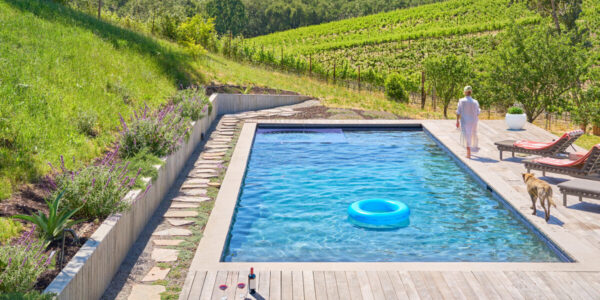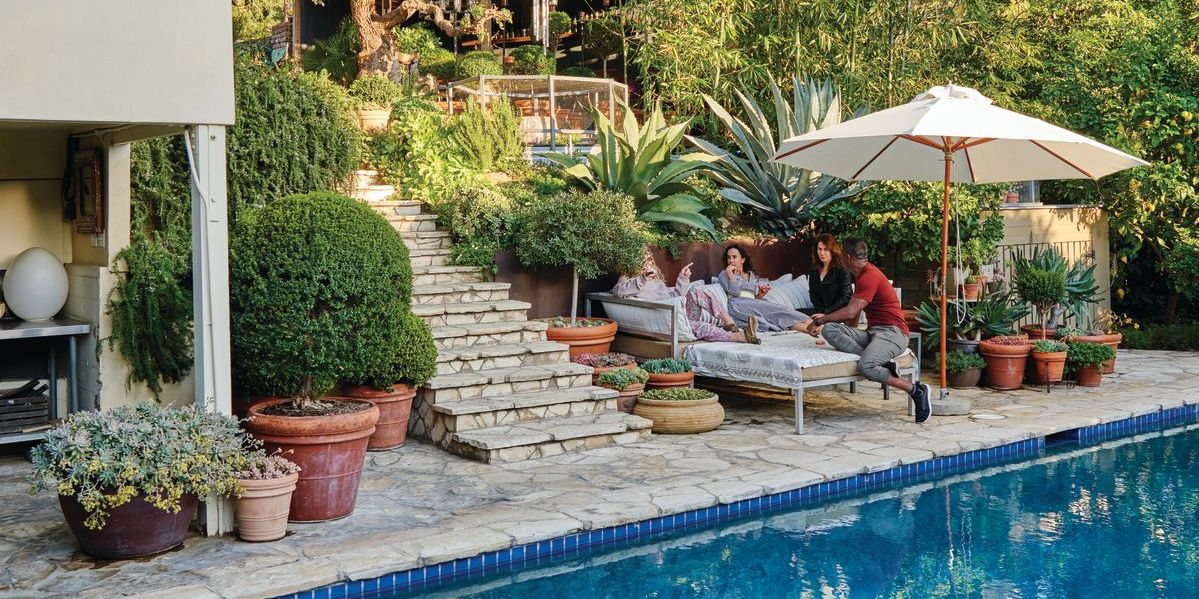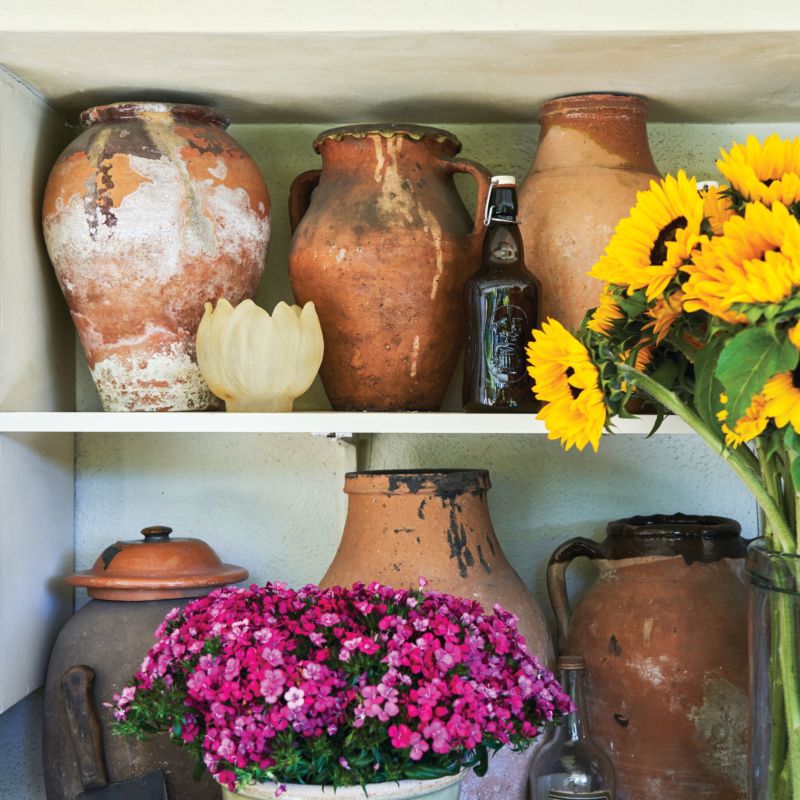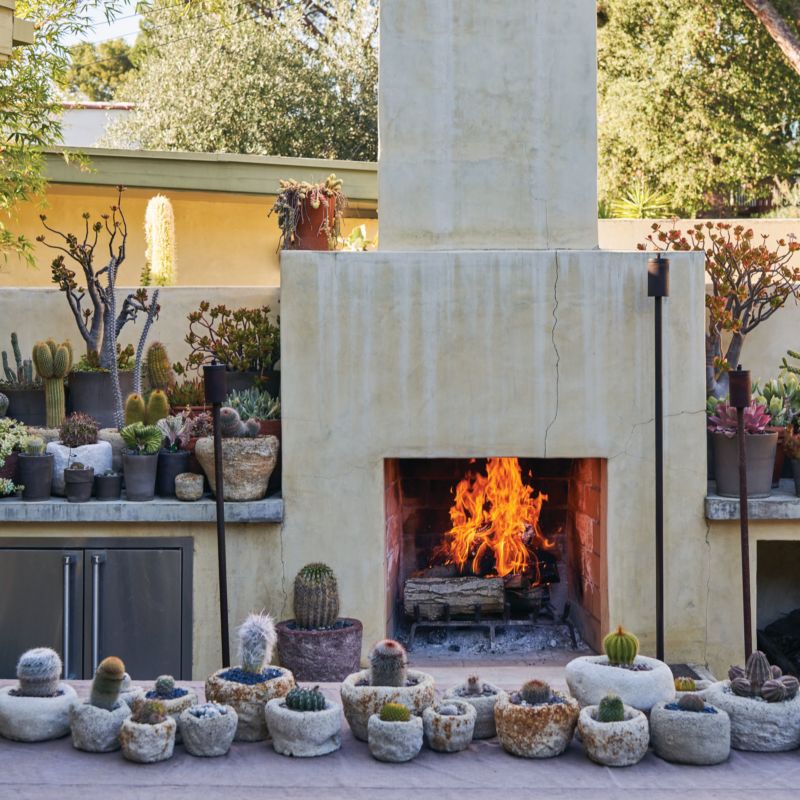
This Guy Put Together a Real-World Garden of Earthly Delights
How a caterer with a decorator’s eye reimagined what cooking, eating, and entertaining outside can be.

Thomas J. Story
The outdoor kitchen at the home of caterer and event planner Kai Loebach does not have walls. That’s the only thing this cooking space has in common with other outdoor kitchens.
Loebach relies on none of the sensible trappings of a typical backyard cooking area. He doesn’t even own a charcoal grill. Instead, he cooks on a sturdy, industrial six-burner range with a built-in grill. It’s just outside—under a roof but otherwise exposed.
“I prefer it,” Loebach says with a shrug, as if putting a stove outside is the most normal thing in the world. “I have six stoves. I like to collect things.”
Evidence of these collections is everywhere you look in his lush garden. Stepping through the gate of the home in Nichols Canyon that Loebach shares with his partner, Lee Miller, a professor of pediatrics at UCLA medical school, feels like you’ve arrived at a very chic boutique hotel in Lisbon or Mexico City. Each nook and niche is filled with beautiful ephemera: myrtle topiary, blown glass, air plants, vintage terracotta. There are multiple koi ponds, and too many plants to name. It is unique and inspiring and, yes, it is high-maintenance.

Thomas J. Story
“I’m the kind of guy who will walk around the yard with a Shop-Vac,” laughs Loebach. “I spend at least an hour every day weeding and watering and painstakingly caring for the plants. I won’t let anyone else touch the myrtle. It’s a collection I’ve been working on for 30 years.”
Loebach and Miller bought the house 25 years ago when it was “an absolute linoleum-covered disaster.” Over the years, they’ve reimagined every inch of the space, inside and out. The garden exists on three tiers. The lowest, where the pool and back patio are, is where you’ll find Loebach’s kitchen. There’s a steel sink, and a large countertop for a butcher block, and metal cabinets for storage. Loebach and Miller have collected earthenware serving pieces over the years during their travels to Portugal, Morocco, Greece, and Mexico, and a small fraction of their collection is on display on the shelves.
“If I’m in a restaurant and I love a piece, I’ll ask the owners if I can buy it,” he says. “It’s one of my collecting secrets. Most of the time the owners are so flattered that I asked and are happy to sell it to me.”

